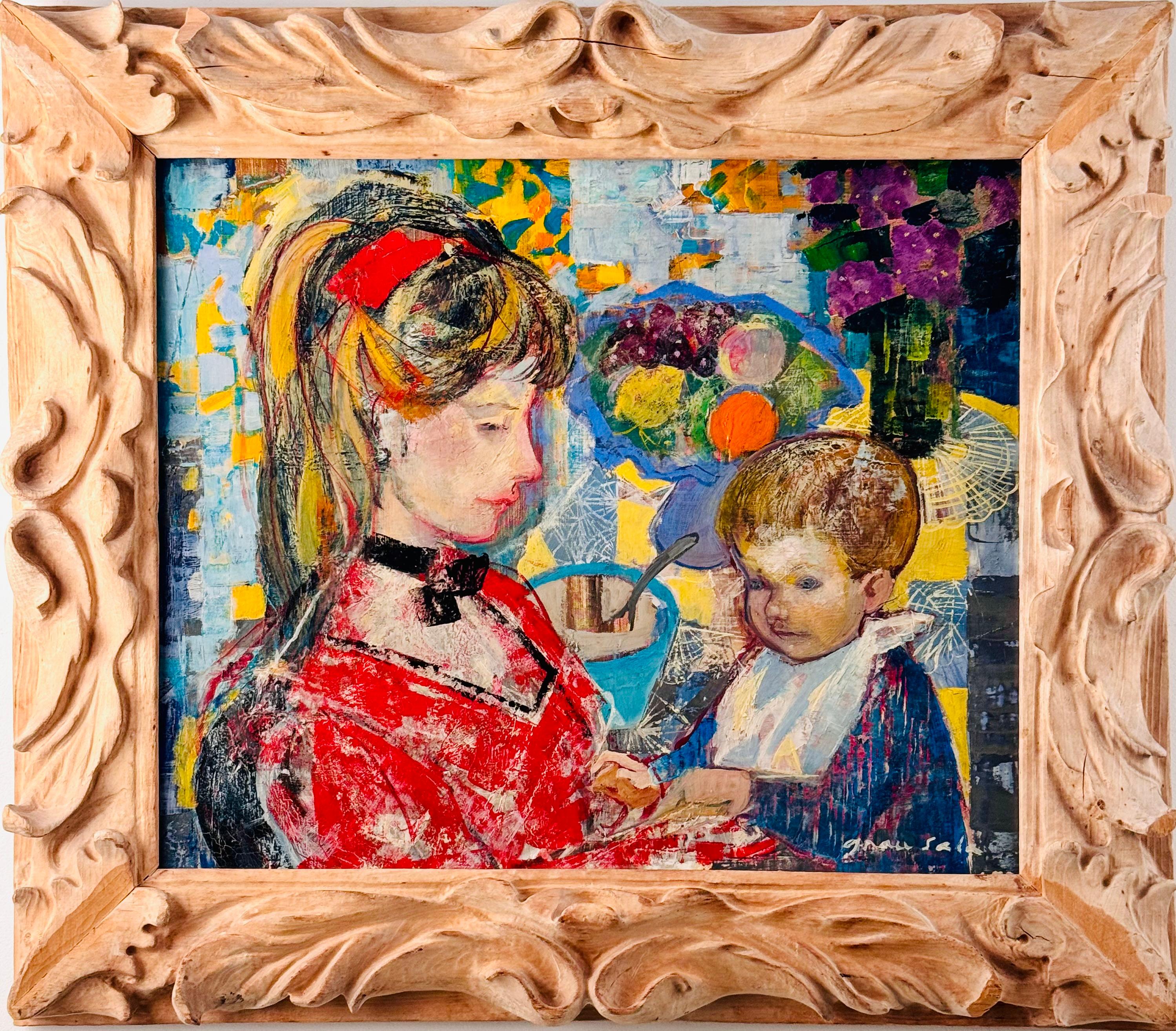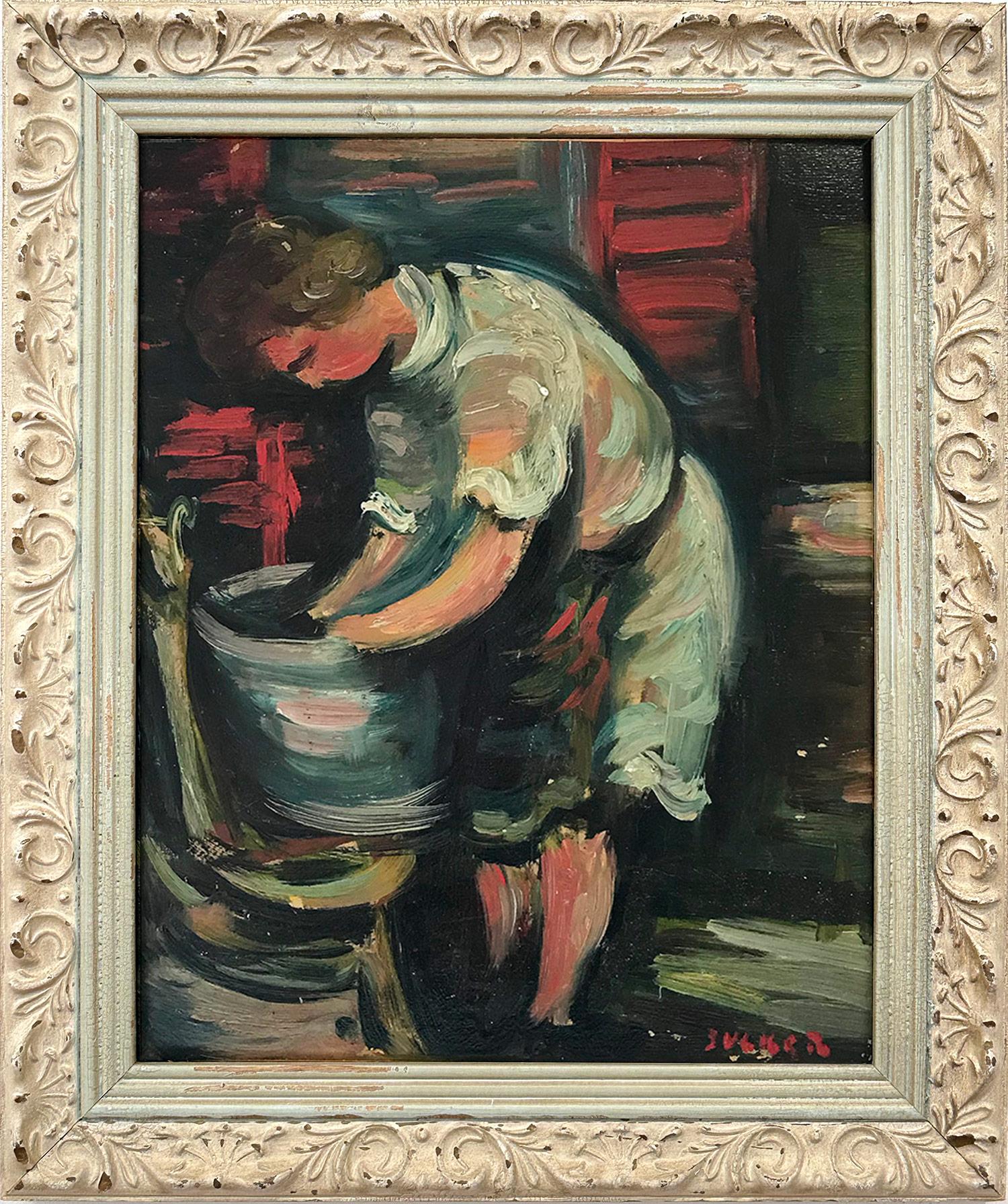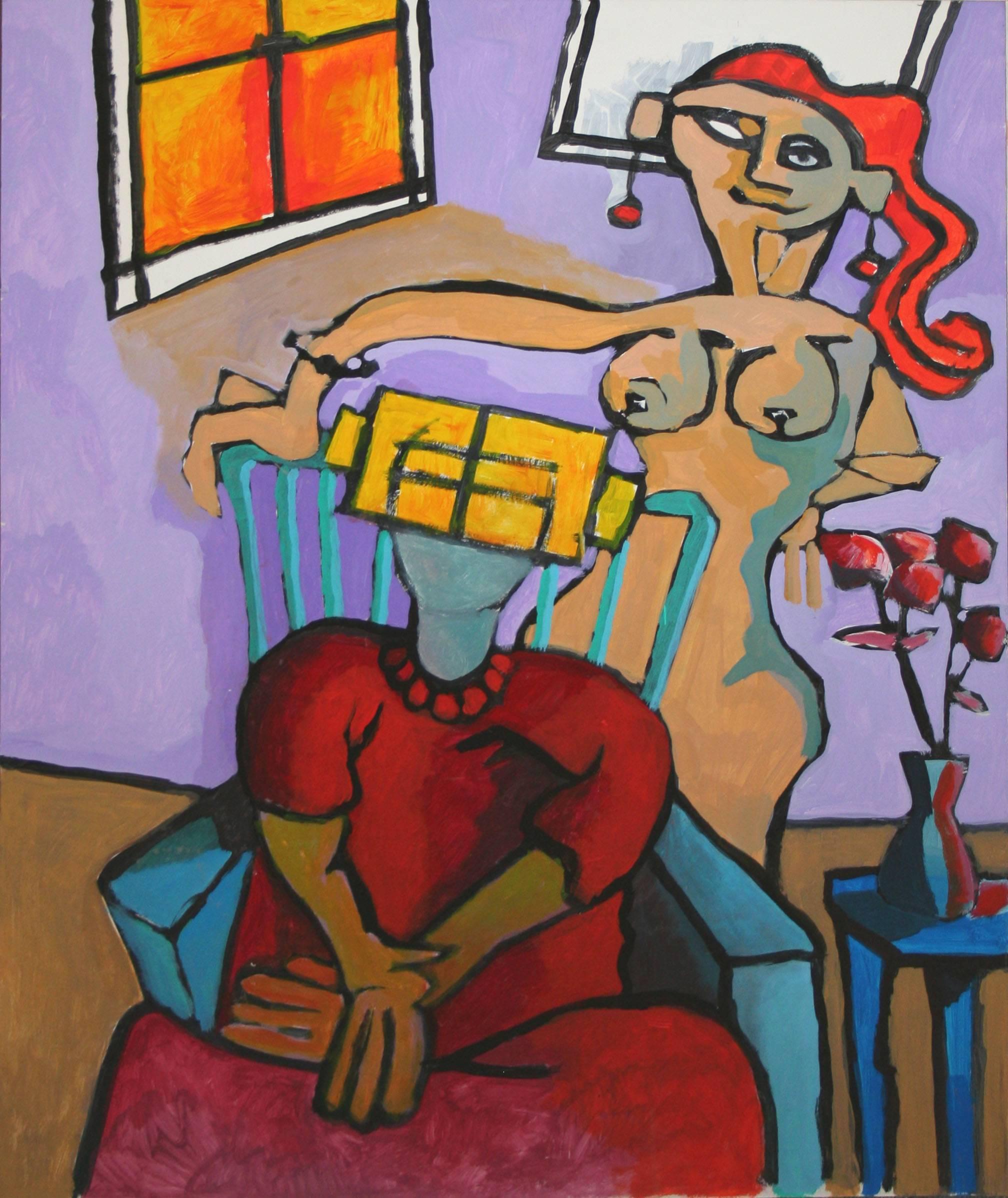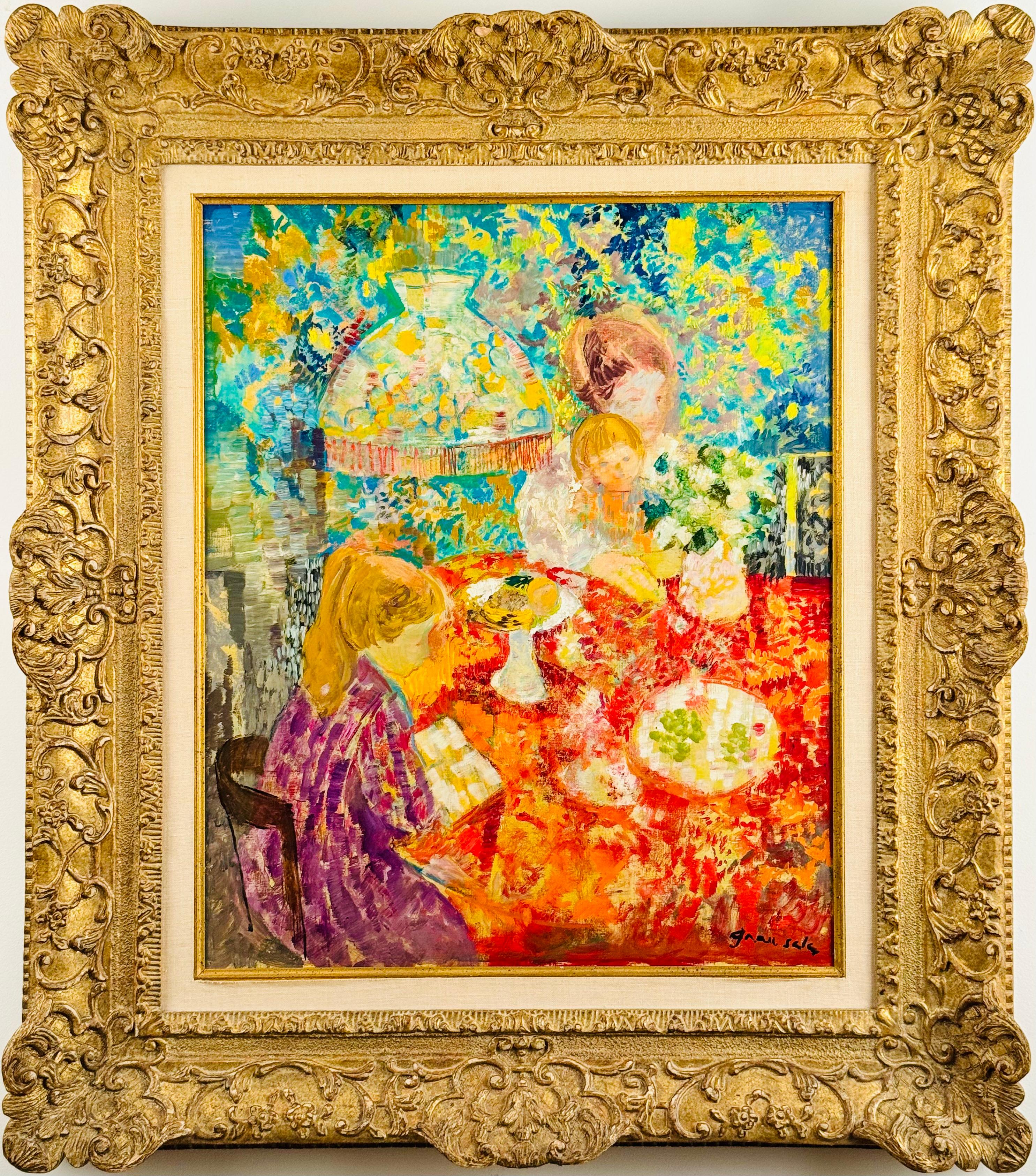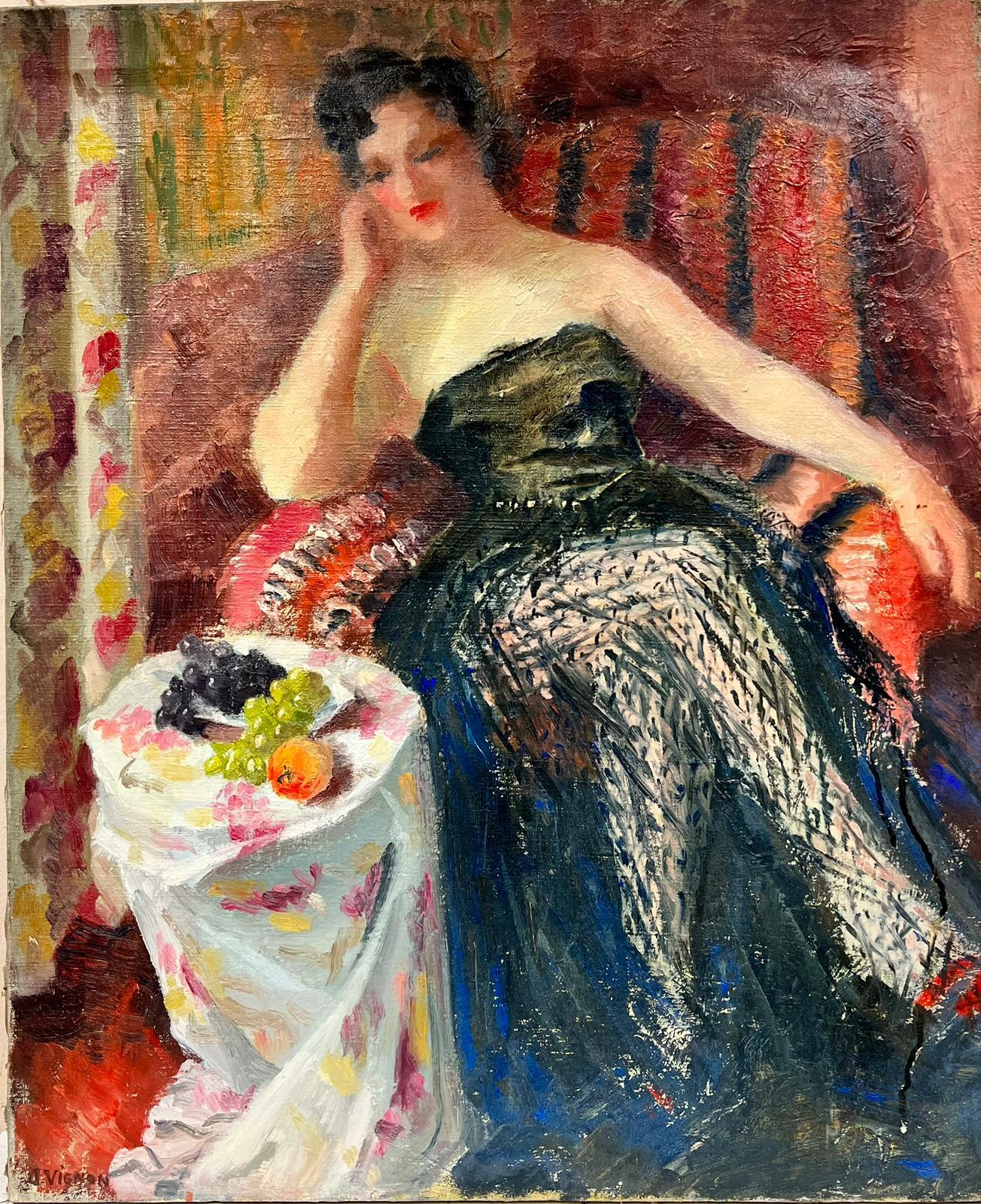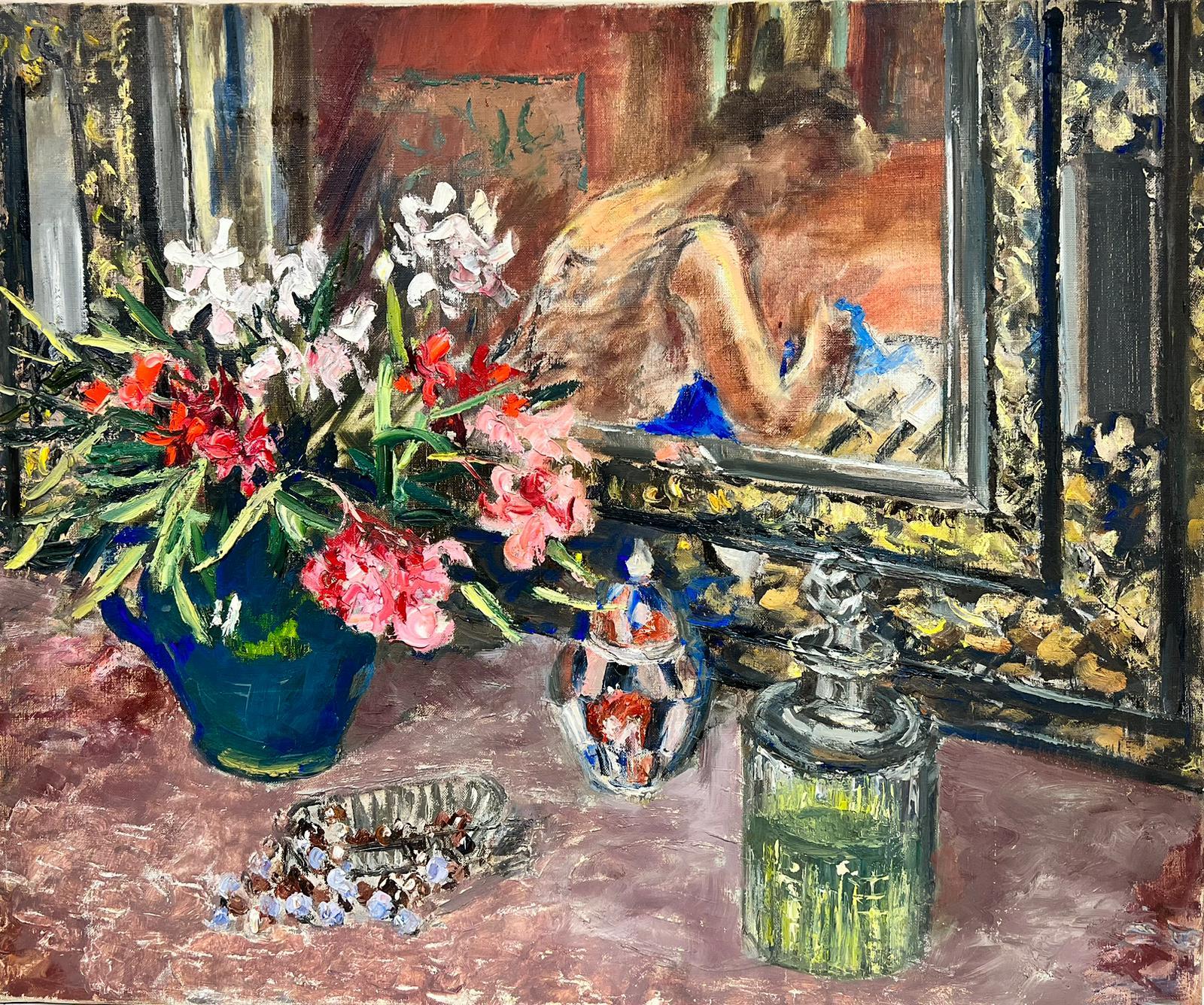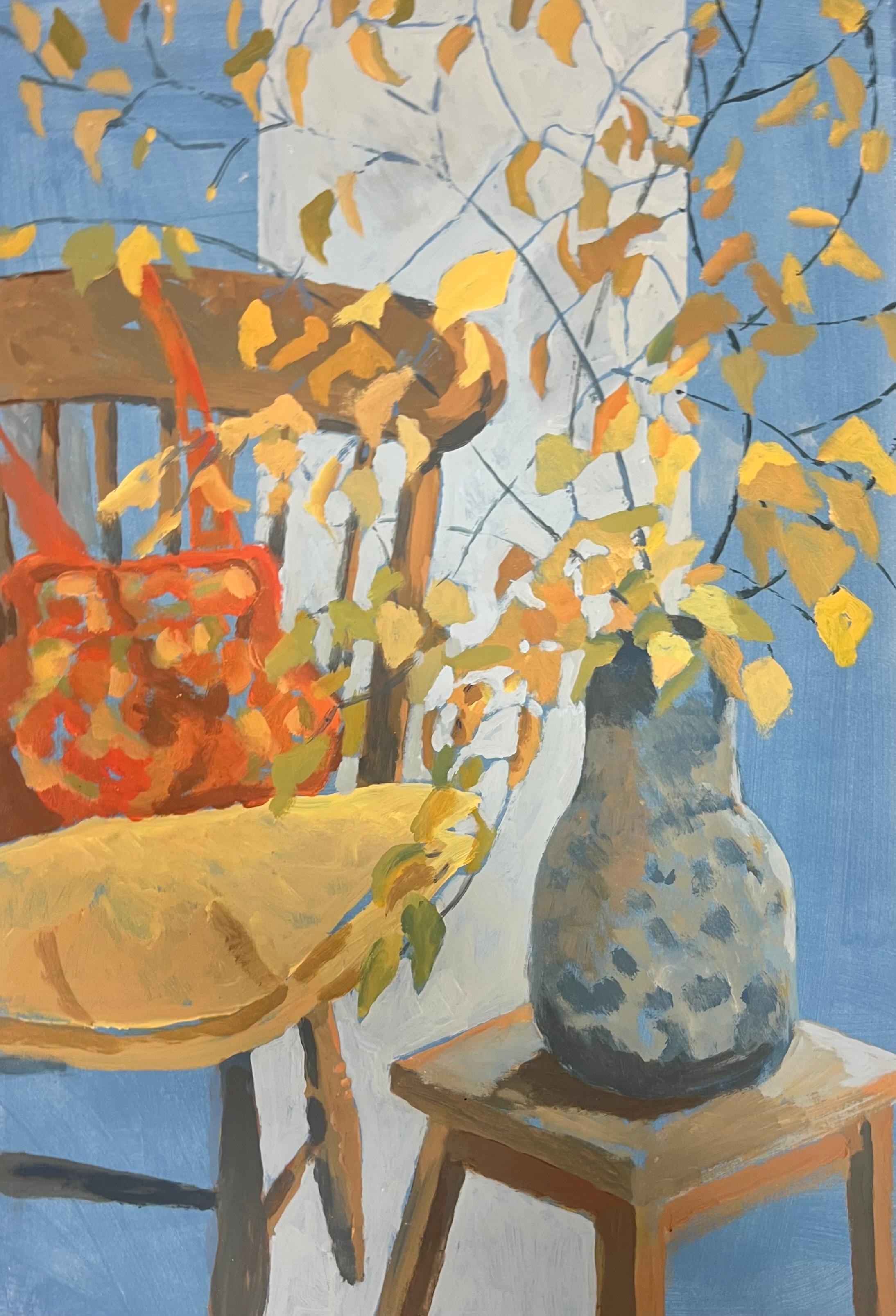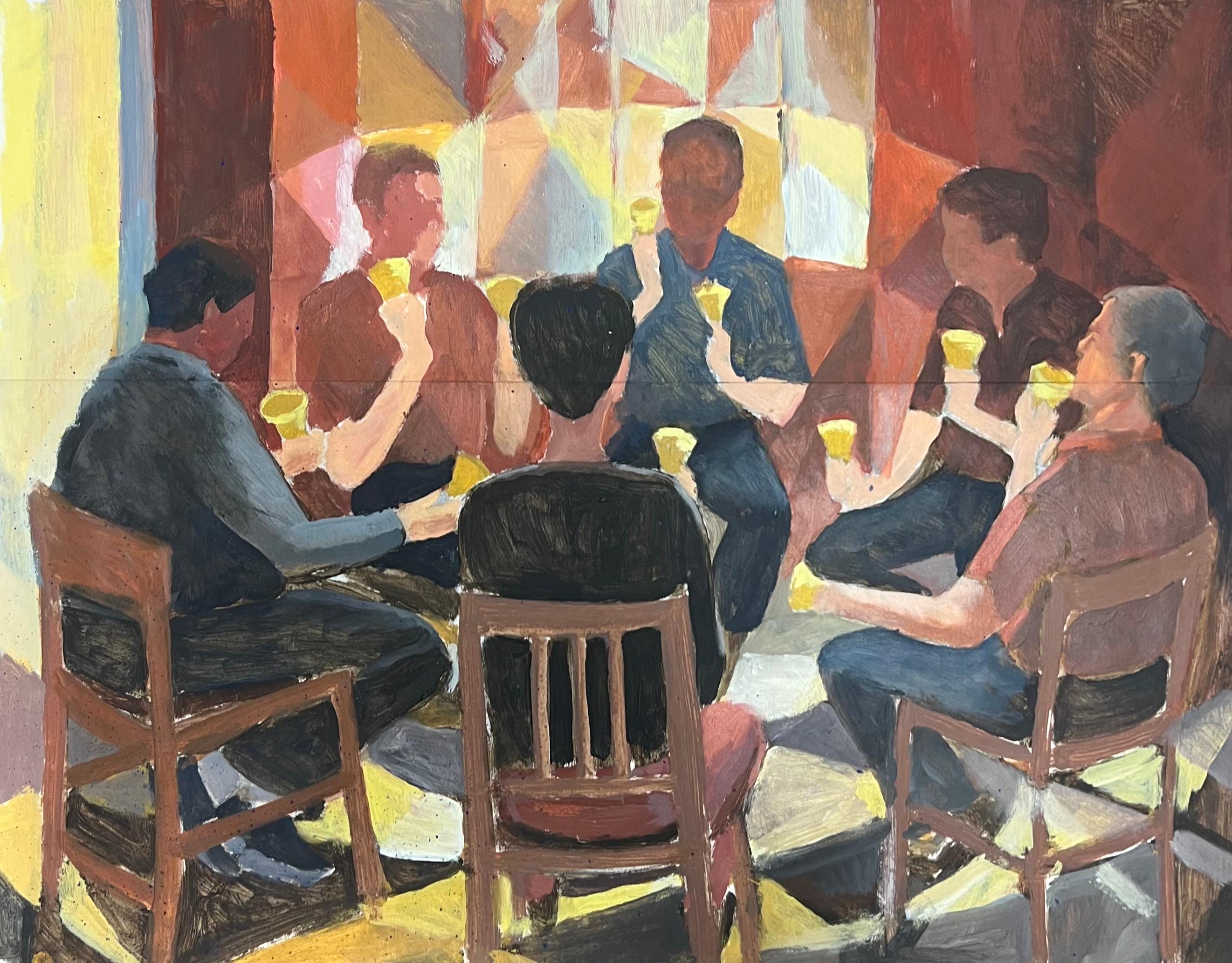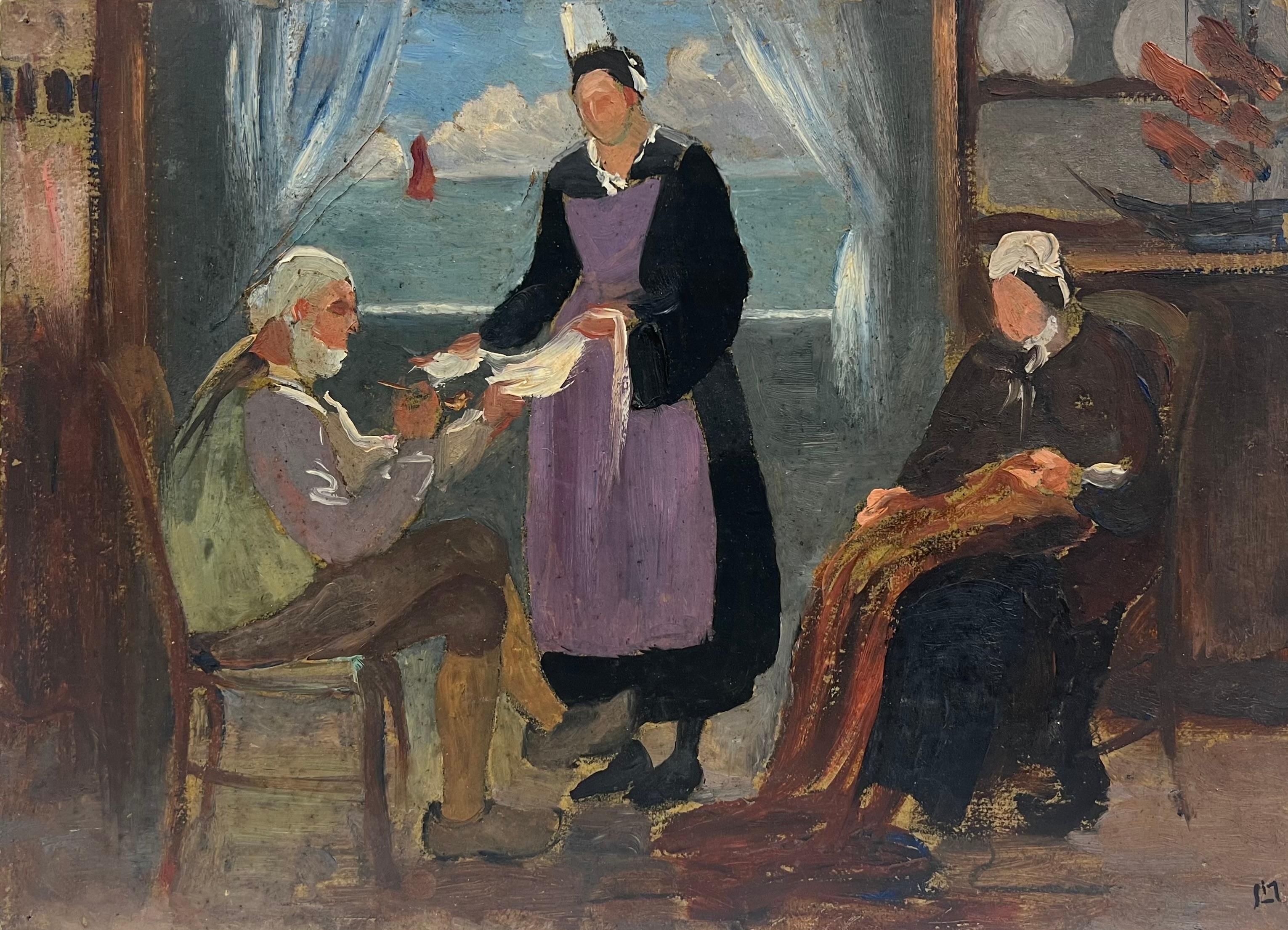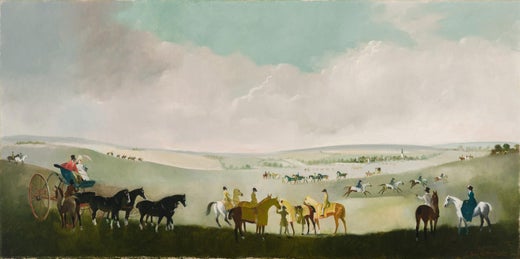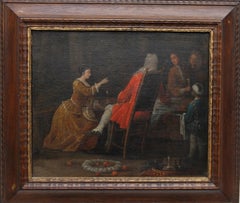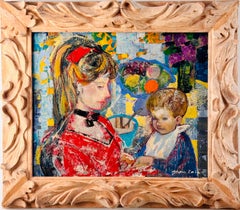
Harlequin and Pierrot - Scottish theatrical art oil painting female artist
View Similar Items
Want more images or videos?
Request additional images or videos from the seller
1 of 21
Doris ZinkeisenHarlequin and Pierrot - Scottish theatrical art oil painting female artistCirca 1940
Circa 1940
Price:$4,152.49
$5,509.22List Price
About the Item
- Creator:Doris Zinkeisen (1898 - 1991, British)
- Creation Year:Circa 1940
- Dimensions:Height: 27 in (68.58 cm)Width: 31 in (78.74 cm)Depth: 2 in (5.08 cm)
- Medium:
- Movement & Style:
- Period:
- Condition:
- Gallery Location:London, GB
- Reference Number:1stDibs: LU853116529942
Doris Zinkeisen
Born in Clynder House in Rosneath, Argyll, Scotland, Zinkeisen attended the Harrow School of Art for four years. During the 1920s and ’30s, she shared a studio with her sister in London, where she started her career as a commercial artist, theatrical designer, and painter. During World War II, she joined the St. John Ambulance Brigade and worked as a nurse in London. Following the liberation of Europe in 1945, she was commissioned by the War Artists Advisory Committee. After the war she continued to work in London, producing theatrical designs and occasionally exhibiting her paintings.
About the Seller
5.0
Platinum Seller
Premium sellers with a 4.7+ rating and 24-hour response times
1stDibs seller since 2018
457 sales on 1stDibs
Typical response time: 3 hours
Authenticity Guarantee
In the unlikely event there’s an issue with an item’s authenticity, contact us within 1 year for a full refund. DetailsMoney-Back Guarantee
If your item is not as described, is damaged in transit, or does not arrive, contact us within 7 days for a full refund. Details24-Hour Cancellation
You have a 24-hour grace period in which to reconsider your purchase, with no questions asked.Vetted Professional Sellers
Our world-class sellers must adhere to strict standards for service and quality, maintaining the integrity of our listings.Price-Match Guarantee
If you find that a seller listed the same item for a lower price elsewhere, we’ll match it.Trusted Global Delivery
Our best-in-class carrier network provides specialized shipping options worldwide, including custom delivery.More From This Seller
View AllPortrait of a Family in an Interior - British 1950's art oil painting
By Charles Ernest Cundall
Located in London, GB
This interesting British Post Impressionist figurative interior oil painting is by noted artist Charles Cundall and entitled A Conversation Piece. Painted circa 1955 the composition is the interior of a living room with a couple and their two young children, cat and dog. It is full of fascinating details such as the display of porcelain figures in the wall unit, The wonky lampshade on the piano with lovely reflections in its metal base, the slightly shabby walls, the two inviting open doors to other rooms, the way the whole family are looking at the dog (of course!) as it eyes up the tray of tea. Perhaps the dog is in fact the conversation piece of the family and life revolves around him the way the painting does. Is it the artist's family? An excellent example of Cundall's work and life with a dog.
Signed lower right.
Provenance. Gallery label verso.
Condition. Oil on canvas, image size is 30 inches by 25 inches and in good condition.
Frame. Housed in a gallery frame, 39 inches by 34 inches framed and in good condition.
Charles Cundall (1890-1971) - painter, potter and stained glass artist, born in Stratford, Lancashire. After working as a designer for Pilkington's Pottery Company under Gordon Forsyth...
Category
1950s Post-Impressionist Interior Paintings
Materials
Oil
The New Dress - British Victorian 1896 art figurative Interior oil painting
Located in London, GB
This charming British Victorian oil painting is by noted artist Albert Chevalier Tayler. Painted in 1896 the composition is four women in a sitting room. One young woman is holding u...
Category
1890s Victorian Figurative Paintings
Materials
Oil
Woolworths, Sutton, London - British figurative shop interior art oil painting
Located in London, GB
This fantastic British 1940's figurative interior oil painting is by noted artist Leonard Fuller. Painted circa 1940, the colourful composition is looking into a busy Woolworths stor...
Category
1940s Realist Interior Paintings
Materials
Oil
The Serving - British Old Master 18th century oil painting historical interior
By (Circle of) William Hogarth
Located in London, GB
A superb British Old Master oil painting which is attributed to circle of William Hogarth and was painted circa 1760. This fine oil painting is in ...
Category
18th Century Old Masters Figurative Paintings
Materials
Oil
Children in School Room Interior - British Victorian Newlyn School oil painting
Located in London, GB
This superb, large British Victorian oil painting is by noted Newlyn and Menton artist Arthur Alfred Burrington. It was painted circa 1890 when Burrington was most likely in Newlyn, ...
Category
1890s Victorian Interior Paintings
Materials
Oil
Cornish Family in an Interior - British 1912 Newlyn School art oil painting
By Harold Harvey
Located in London, GB
This superb British figurative interior oil painting is by noted Newlyn school artist Harold Harvey. Painted circa 1912 the composition is a Cornish family, bathed in golden light, s...
Category
1910s Realist Interior Paintings
Materials
Oil
Harold HarveyCornish Family in an Interior - British 1912 Newlyn School art oil painting, Circa 1912
$43,842 Sale Price
20% Off
You May Also Like
Interior con madre e hijo
By Emilio Grau Sala
Located in Madrid, ES
EMILIO GRAU SALA
Spanish, 1911 - 1975
INTERIOR CON MADRE E HIJO
signed "Grau Sala" (lower right)
oil on canvas
18-1/8 x 21-5/8 inches (46 x 55 cm.)
framed: 24-3/4 x 28-1/8 inches (63...
Category
1960s Post-Impressionist Figurative Paintings
Materials
Canvas, Oil
Woman and guitar oil on board painting fauvism
By Jordi Curos
Located in Barcelona, Barcelona
Jordi Curós Ventura (1930-2007) - Woman - Oil on board.
Work measurements 46x38 cm.
Frame size 64x56 cm.
Jordi Curós Ventura (Olot, Girona, March 4, 1930) is a Spanish painter.
He ...
Category
1980s Fauvist Figurative Paintings
Materials
Oil, Board
$625 Sale Price
34% Off
"Laundry" Post-Impressionism French Oil Painting Interior Scene Figure on Board
By Jacques Zucker
Located in New York, NY
This painting depicts a whimsical portrait of a young lady washing her laundry in front of a house. This piece was most likely executed in the 1930's, as the colors are darker than Z...
Category
1960s Post-Impressionist Figurative Paintings
Materials
Oil, Board
Contemporary Large-Scale Cubist Figurative Abstract Lavender Interior Scene
By Michael William Eggleston
Located in Soquel, CA
Contemporary Large-Scale Cubist Figurative Abstract Lavender Interior Scene
Bursting with bright colors and whimsical energy, this contemporary figurative abstract painting by San ...
Category
Early 2000s Fauvist Figurative Paintings
Materials
Cardboard, Oil
SCÈNE FAMILLIALLE
By Emilio Grau Sala
Located in Madrid, ES
EMILIO GRAU SALA
Spanish, 1911 - 1975
SCÈNE FAMILLIALLE
signed "Grau Sala" (lower right)
signed, titled, located and dated "GRAU SALA / SCÈNE FALLIALLE / PARIS 1969" (on the reverse)...
Category
1960s Post-Impressionist Figurative Paintings
Materials
Canvas, Oil
Elegant Lady in French Interior, 1960's French Post Impressionist Oil Painting
By Josine Vignon
Located in Cirencester, Gloucestershire
Elegant Lady in Interior next to a Bowl of Fruit
by Josine Vignon (French 1922-2022)
signed and stamped verso
oil painting on canvas, unframed
canvas: 2...
Category
Mid-20th Century Post-Impressionist Figurative Paintings
Materials
Canvas, Oil
Recently Viewed
View AllMore Ways To Browse
Queen Anne Silver Cup
Welsh Clock
John Taylor Clock
Vintage United Horse Clock
Mouse Pin
Vintage Clock West Germany
Pierrot Costume
Rms Ship
Coronation Clock
Vintage Wilton Carpets
Roberta De La Vega
Rudolph Wedow
Sandra Batoni
Vincent Tailhardat
Wilmotte Williams
Alfano Dardari
Alfred Elmore Painting
Anna Sobkowiak
